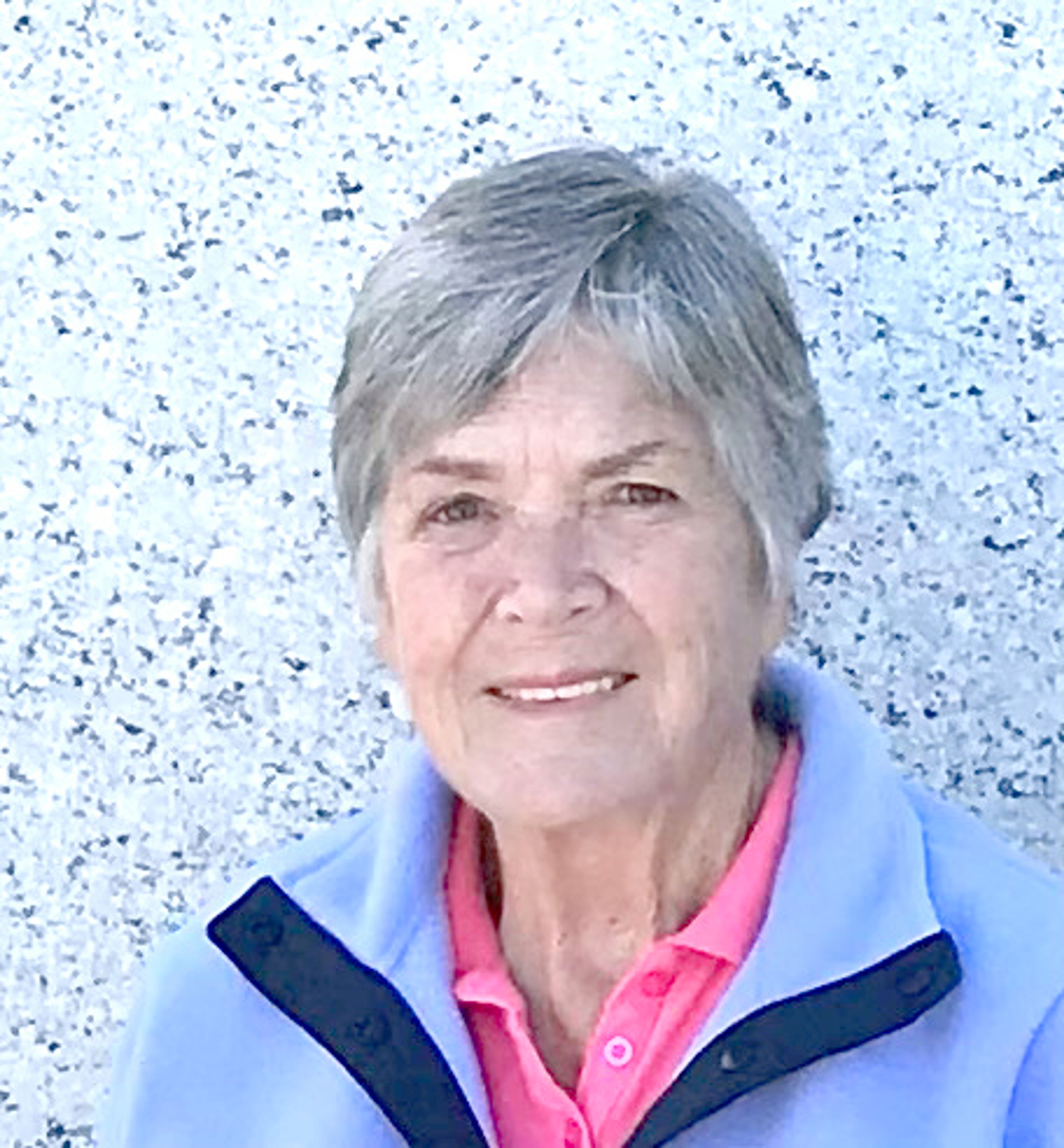OPINION: In Latah County, Moscow is a blue dot surrounded by red
Commentary: Opinion of Shirley Ringo
As one might expect, the following is written from the perspective of a Democrat. Republicans may be feeling sufficiently generous to read with interest.
The 2024 election is in the history books. One bright side is the absence of many messages coming in with requests for money. On the other hand, for this progressive family, the results could not have been more grim. The outcome of this election has prompted a review of changes in the political landscape in Idaho and specifically Latah County.
In 1976, our family lived in Washington state, south of Pullman, when I was hired to teach at Moscow High School. We liked Moscow, and considered moving. Somewhat leery of Idaho politics, it was encouraging to note that with the great Frank Church as senator and Cecil Andrus as governor, Idaho’s voters could not be so very conservative. We made the decision to move.
Reality began to set in when Steve Symms defeated Frank Church in 1980. However Democrats Andrus and John Evans managed to hold the governor’s office until 1995. Marilyn Howard was elected state superintendent of public instruction in 1998 and 2002. But since that time, any chance of a Democrat running successfully for state office has been remote.
Latah County, with Moscow progressives at its heart, has dominated Legislative District 6. For state legislative positions, Democrats or moderate Republicans have been elected — until recently. I had the experience of running for state representative from 1998 through 2012. I was honored to be elected in seven of eight of those elections. With the change of boundaries of legislative districts every 10 years, in 2010 the situation changed. Since Latah County had not experienced growth at the same rate as other parts of the state, it was necessary to add population outside of the county to obtain the numbers necessary for a legislative district. At that time, the more conservative Benewah County was included with Latah County. As a result, election for a Democrat became more challenging but not impossible. I retired after the 2013-14 term, but was replaced in 2014 by a Republican. Democrats Dan Schmidt, followed by David Nelson, served in the state Senate from 2011 through 2016 and 2019 through 2022, respectively.
With the 2020 redistricting process and a shift in rural Latah County came a change in the political dynamic of Legislative District 6 that will be extremely difficult for Democrats to overcome. The citizens redistricting committee of that year chose to combine Latah, Lewis and parts of Nez Perce counties. A clue to the voting propensities of Lewis and Nez Perce counties would be found by noting that 80% of the voters in Lewis County and about 70% of the voters in the District 6 portion of Nez Perce County chose Donald Trump for president in 2020. Added to that is a radical shift in rural Latah County.
During my active years of seeking office, parts of rural Latah County were in play. For example, I occasionally prevailed in Troy, Kendrick, maybe once in Potlatch and always in Bovill. However, in recent years rural Latah County has taken a hard turn to the right. Note that in this election, Trump won every precinct in rural Latah County. Sen. Dan Foreman, R-Viola, won every precinct in rural Latah County. Republican county commission candidate Jason Stooks prevailed in every precinct in rural Latah County.
You get the idea. Add those numbers to the majority of conservative votes from Lewis and Nez Perce counties and that leaves a huge challenge for the more progressive voters in Moscow to overcome.
In rural Latah County, Trump won 4,765 to 1,502 votes, a margin of 3,263 votes. In order for Kamala Harris to win Latah County, Moscow would need a plurality of more than 3,263 votes. Actually, Moscow elected Harris by a margin of 1,643 votes, which was not enough. It is extremely rare for Latah County to fail to select the Democratic candidate for president but the votes from rural Latah County were not overcome in this case. (Blaine and Teton counties were alone in selecting Harris this year.) In rural Latah County, Foreman won by 4,270 to 2,115 votes, a margin of 2,155. In Moscow, Democrat Julia Parker prevailed by 8,517 to 5,446, a margin of 3,071. This gives Parker a win by 916 in Latah County. However, if Lewis and Nez Perce counties are included, there is a reversal. Foreman received a total of 5,131 in those two counties, with 2,354 for Parker. The difference of 2,777 overcomes Parker’s lead of 921. Foreman lost Latah County but he won in District 6.
I confess to being a bit of a nerd who finds these numbers revealing. But clearly our new legislative district presents significant challenges to Democrats. Luckily, I believe they have the energy and determination to meet that test and contribute a small amount of diversity to state politics. They must remain true to their beliefs, clearly discuss issues and find improved ways to reach potential voters throughout the district.
Moscow remains the progressive gem of District 6. They will build on that, and look forward to 2026.
Ringo, of Moscow, is a former mathematics teacher and a seven-term Democratic member of the Idaho House.








